A conservatory and sunroom are structurally quite different yet similar in that they bring sunlight into the home. A conservatory is very popular in Europe and especially in England, whereas a sunroom is an Australian and North American phenomenon.
In our Australian climate of mild winters and hot summers, there are very few opportunities to have a conservatory. This is mostly due to excessive heat.
If you live in a cold-climate highland town or rural area in Australia, you may consider a conservatory. As long as you have the space. In metropolitan Northern Sydney, you are most likely to find sunrooms in homes that have the ideal northerly aspect to accommodate them.
Let’s take a closer look at their respective histories, similarities and differences.
Conservatory and sunroom use in history
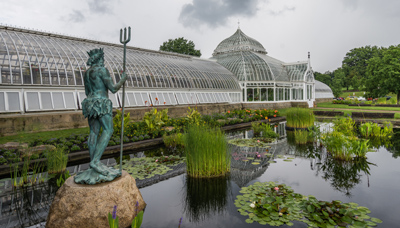
The English introduced conservatories to enable their love of gardening. They used conservatories to house several types of plants.
People also referred to these conservatories as orangeries for it is where they cultivated citrus fruits that would otherwise require a warmer climate. They combined the functionality of a conservatory for horticulture and recreation.
During the 1950s and ‘60s, with the advent of insulated glass, simple sunroom designs were evolving in England. By the 1970s designers were creating smaller domestic sunrooms utilising insulated glass. The main function of these sunrooms was recreation.
What is a conservatory?
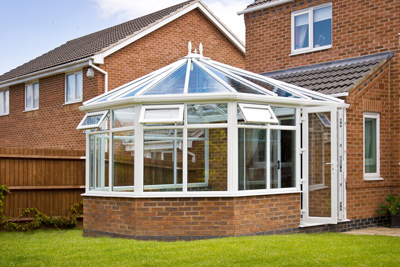
A conservatory is a room built on a property that is typically attached to the side or end of the house. It is both a room and a greenhouse built using a wide variety of materials such as wood, bricks, glass, and polycarbonate.
The idea is to muster enough sunlight for the plants and a cosy room within the house when it is cold outside. A conservatory offers plenty of sun and light because it is made with extensive amounts of glass.
Conservatory walls have more than 50% glass and their roofs consist of more than 75% glass.
What is a sunroom?
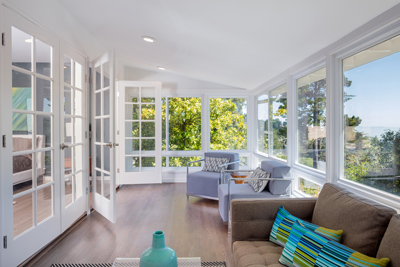
A sunroom is a living area of a house that is chiefly for recreation. Australians like to call it their family room or living room.
A sunroom can be either an addition to the house or incorporated into the house.
You will require council approval to add a sunroom to your home as it forms part of the house and counts towards the permissible total floor area.
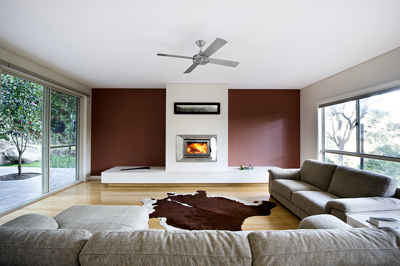
The north side of the home is the best place for a sunroom in Australia.
A northerly aspect will capture the long, low rays of the sun for most of the day in the winter. It also gives protection from the afternoon sun in the summer.
Avoid placing the sunroom in westerly aspects of your home. It will get the full force of the sun and can become unbearable in the heat of summer.
Are there alternatives to a sunroom in Sydney?
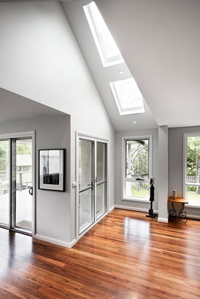
What if your property does not have an ideal location for a sunroom? In such cases, we can offer our clients creative skylight solutions.
For example, a family room on the south side can be quite cool in winter as there is no direct sun entering the house. However, by designing windows high up that are angled towards the south we are still able to capture indirect sunlight. This will make the home feel cosy and light-filled even in winter.
In summer these angled skylights do not capture the full force of the direct sun and therefore we do not turn the home into a hot house. The resulting effect is beautiful.
More differences and similarities between a conservatory and sunroom
The conservatory and sunroom are both extensions or form part of a home. Their purposes, however, as I have suggested earlier, vary.
The transparent material in conservatory roofs allows maximum sunlight in, which is good for plants in cold climates. Sunrooms, on the other hand, can have completely opaque roofs which form part of the whole roof system.
Sunrooms that get a generous dose of sunlight are also called conservatories even if they are not used for horticulture.
When done properly, the design of a new house or renovation with a sunroom or family room will achieve a balance of light and heat penetration for your home. Call us to discuss the best options that suit your property.

